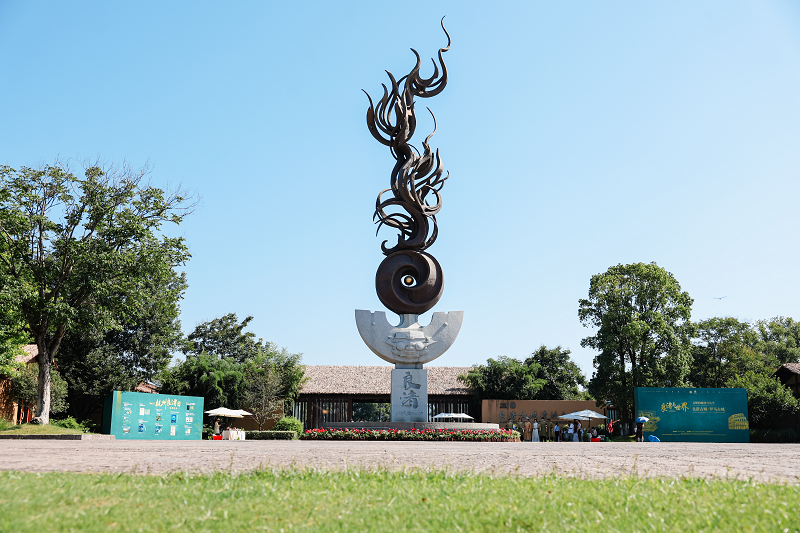Travelogue: Eating your way through Hangzhou
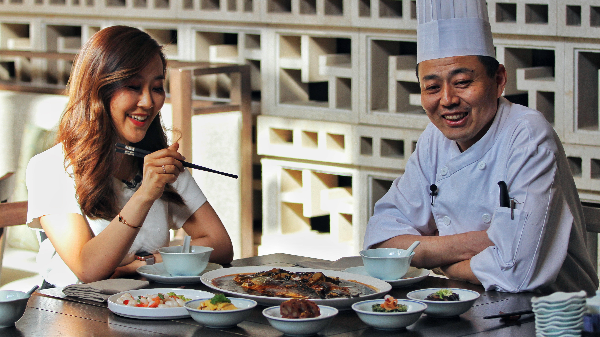
A region that boasts one of China's Eight Great Cuisines can be guaranteed to have some pretty spectacular eats. Zhejiang province, with its fresh flavors and delicate fragrance, doesn't disappoint. An important variation on Zhejiang food is centered on the provincial capital, Hangzhou. Known as hangbang cai in Chinese, Hangzhou cuisine highlights locally-available ingredients in mellow, slightly sweet dishes.
Hangzhou is famous for its majestic West Lake, so it comes as no surprise that many of its most distinctive and representative dishes feature ingredients such as fish and shrimp. Rather than incorporate heavy seasoning, the food here also tends to make the most of the rich variety of seasonal vegetables that are in plentiful supply in a city situated near mountains, lakes, and sea.
Like many other local cuisines associated with the provinces of Zhejiang and Jiangsu, Hangzhou dishes emphasize the chef's skill with a knife. Ingredients are precisely shredded, sliced, cubed or carved in ways that allow them to best shine.
For a first-time visitor to Hangzhou, here are some foods you should consider trying:
West Lake Fish in Vinegar Gravy
This signature Hangzhou dish usually features grass carp. The tender flesh serves as an excellent bed for absorbing the slightly sweet and sour flavorings that make this dish tangy and delectable. The grass carp is first poached or steamed, then drenched in a sauce comprised of vinegar, sugar, soy sauce, and other flavorings. Though the dish is simple, it's a test of the chef's skill – it's critical that the cooking time and heat are carefully monitored to ensure the fish isn't overcooked. The delicate flavors and relatively simple seasoning allow the natural taste of the fish to shine through.
Braised Dongpo Pork
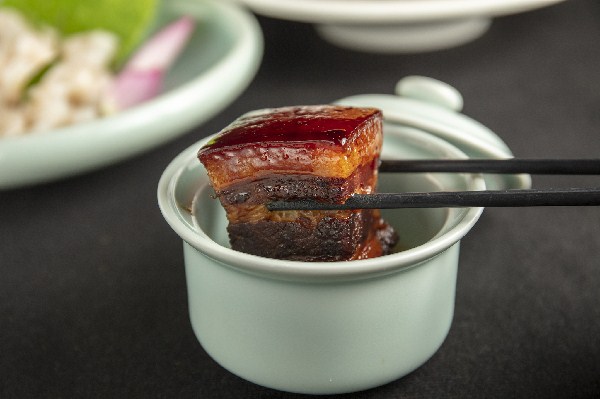
This dish is commonly attributed to Su Dongpo, a Song Dynasty poet(1037-1101), gastronome, and former governor of Hangzhou. Using pork belly cuts that have both fatty and lean components, the recipe calls for pan-frying and then braising, leaving the meat tasting rich and robust without being greasy. This is one of the most widely-served dishes in China, but its origins – and traditional preparation style – are very much associated with Hangzhou.
Fried Shrimp with Longjing Tea
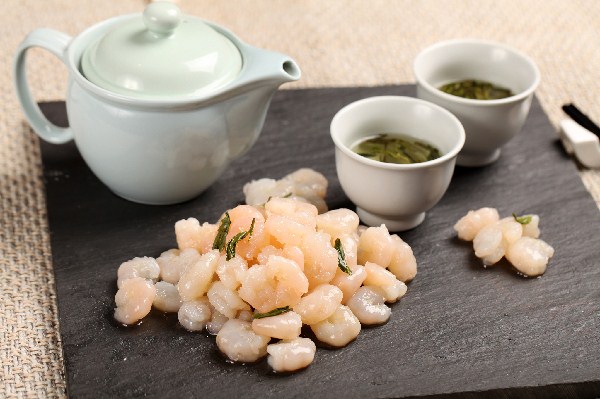
This dish combines the freshest lake-caught shrimp with the region's beloved signature tea variety, longjing, which literally translates as "dragon well." The shrimp is lightly fried before being removed from the heat to drain. It's then quickly stir-fried using a little hot water that has been infused with longjing tea leaves. When it's served, the shrimp should still be quite tender, with the slightest scent of longjing tea leaving behind a subtle fragrance in the mouth. The dish is known for being as tasty for the palate as it is a treat for the eyes: a simple combination of elegant white and green colors.
Beggar's Chicken
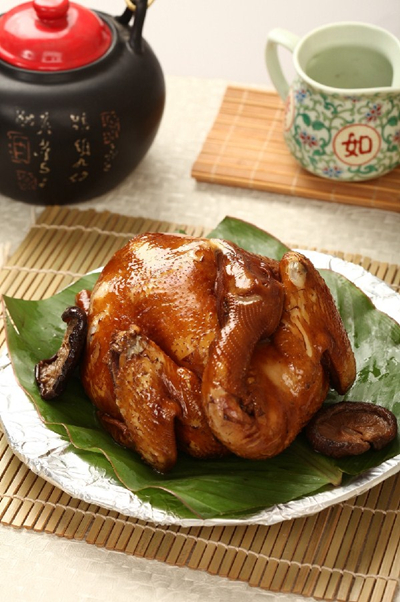
A real challenge to prepare, this dish consists of a chicken that is stuffed with ingredients such as pork and mushroom, firmly wrapped in lotus leaves and clay, then baked very slowly at a low heat over the course of several hours. The result is a chicken that is both tender and fragrant, with the slow cooking process preserving all those savory juices. Clay is the traditional container for cooking the chicken, but for the sake of convenience, nowadays the recipe has evolved and it is usually baked in a ceramic cooking pot or convection oven. While many regions claim the fall-off-the-bone meat dish originated in their area, most people attribute it to Hangzhou.
There are many interesting legends associated with the origins of this dish. According to a widely-told version of the tale, a beggar once stole a chicken but had no pot in which to cook it. So, he packed clay and mud around it and put it in a hole containing a fire, hoping it would cook that way. When he returned, sure enough, the meat was ready to eat.
Pian'er Chuan Noodles
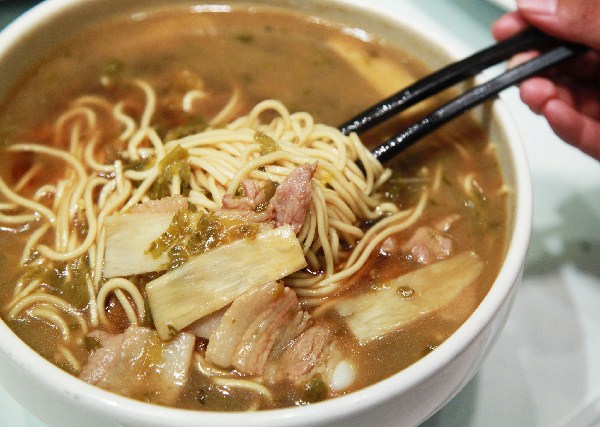
Literally translating as "floating pieces in a river," this dish features fresh local ingredients like bamboo shoots that appear to float in a light soup over the noodle base. They are a favorite and specialty of Hangzhou, and it's common to see locals sitting on stools outside noodle shops enjoying warm, comforting bowls of pian'er chuan noodles.


